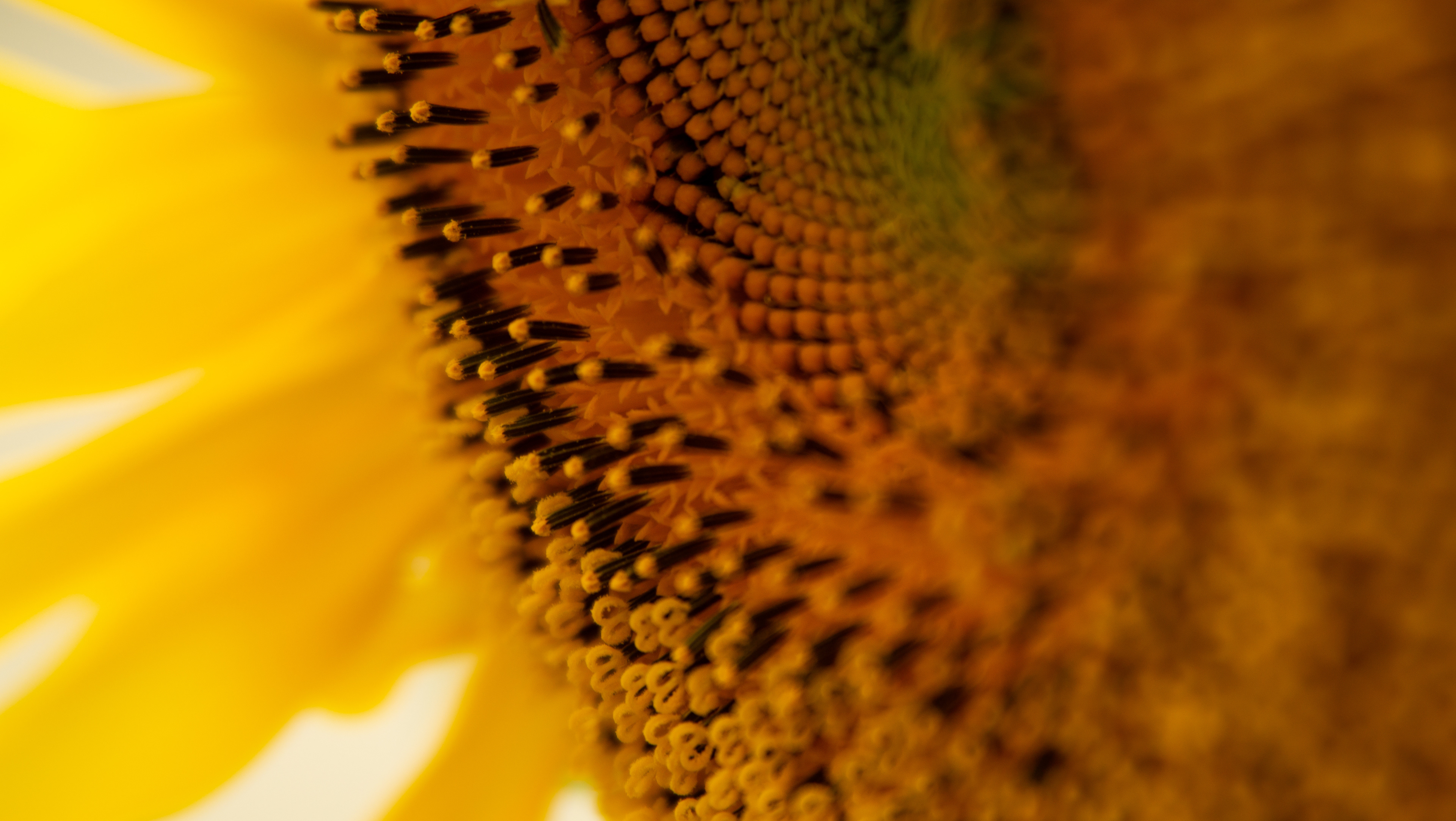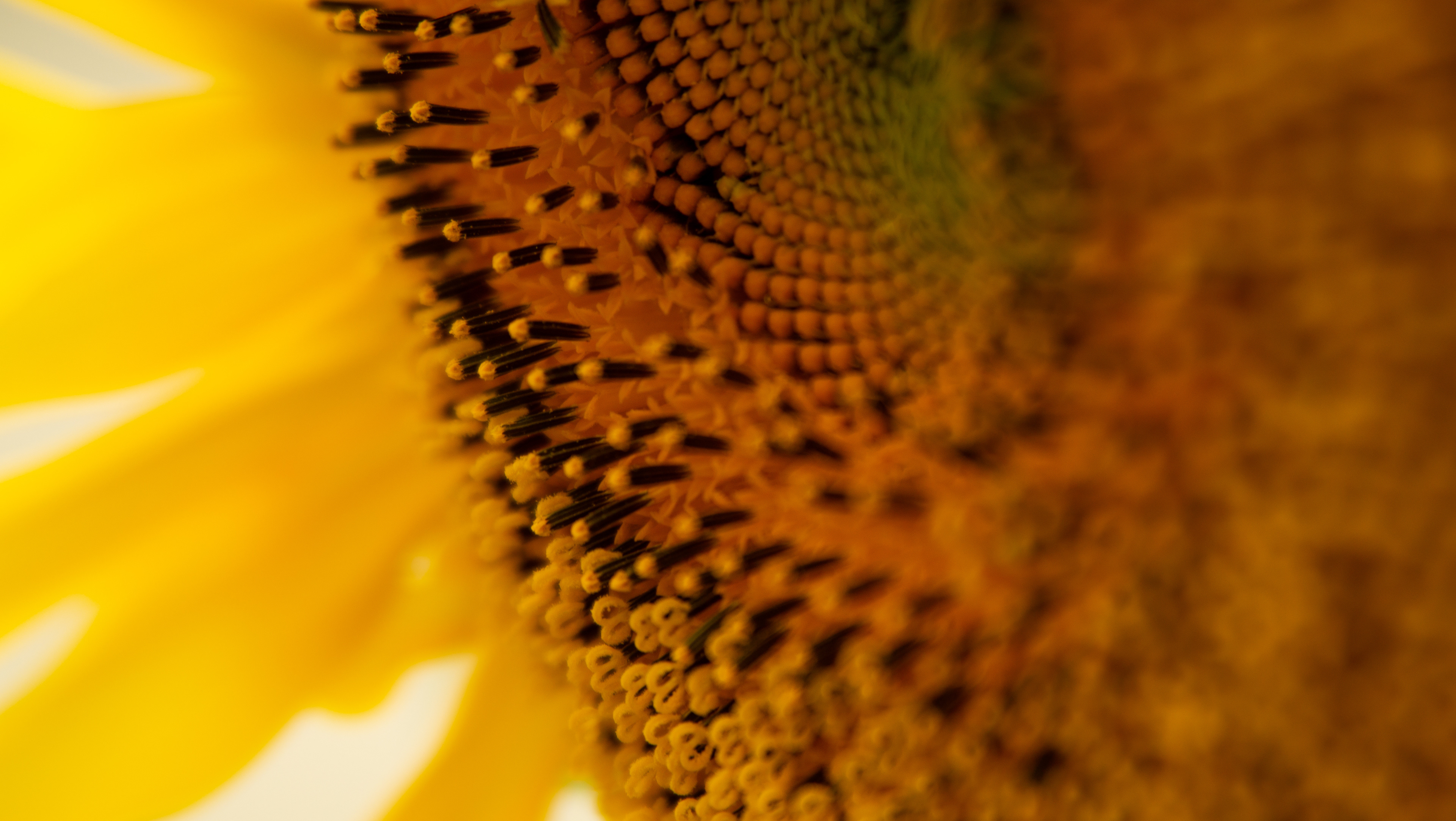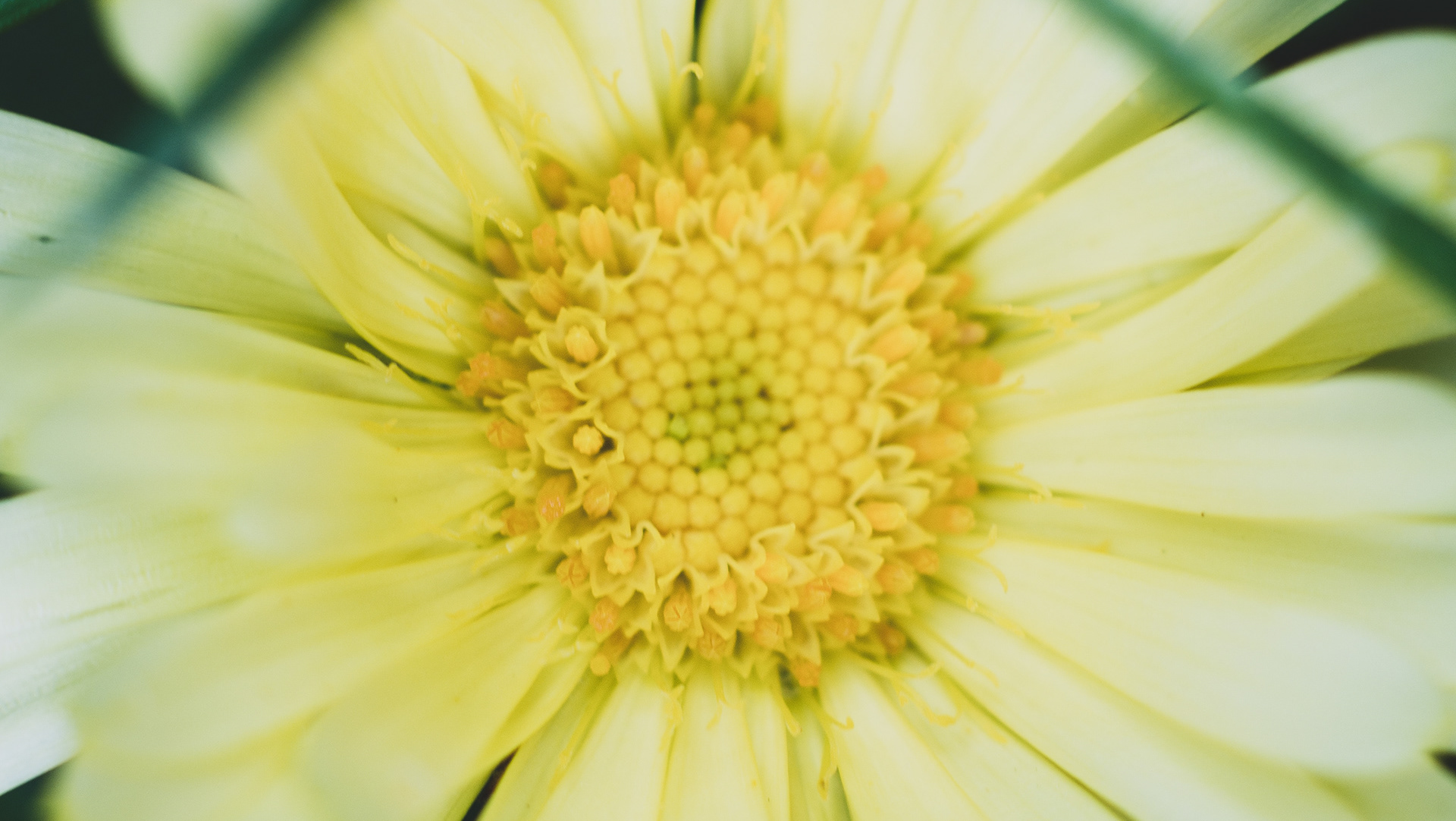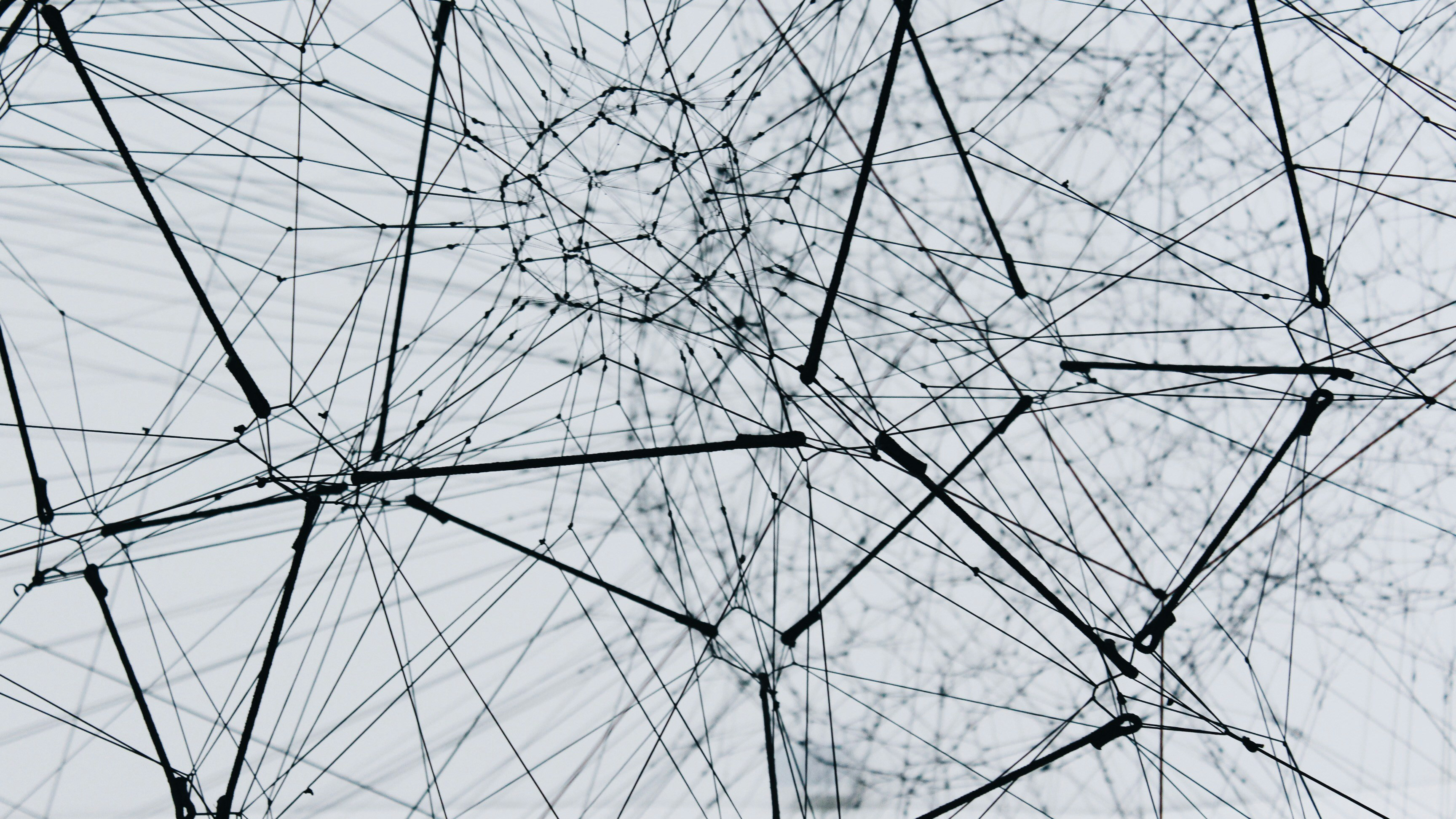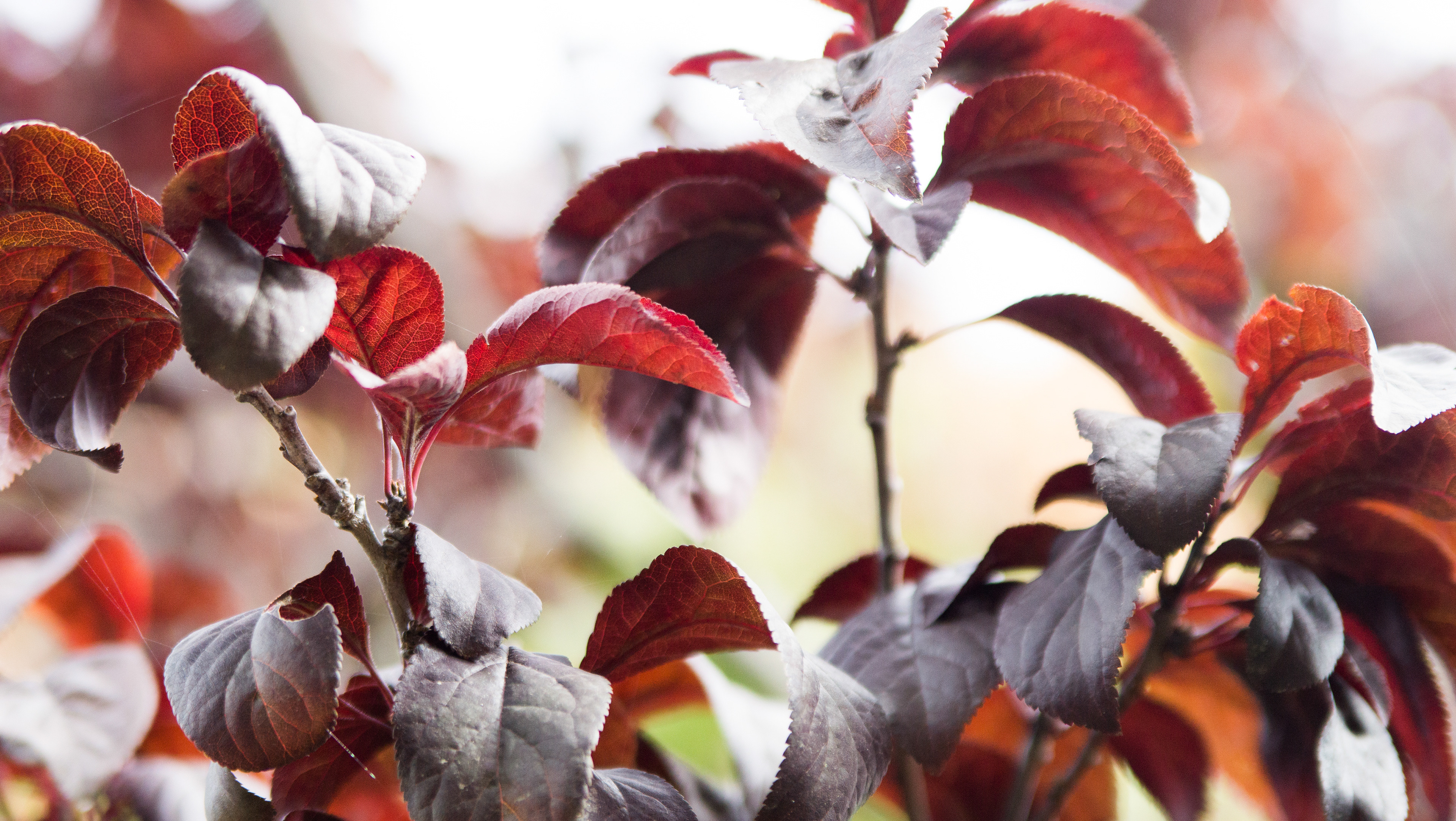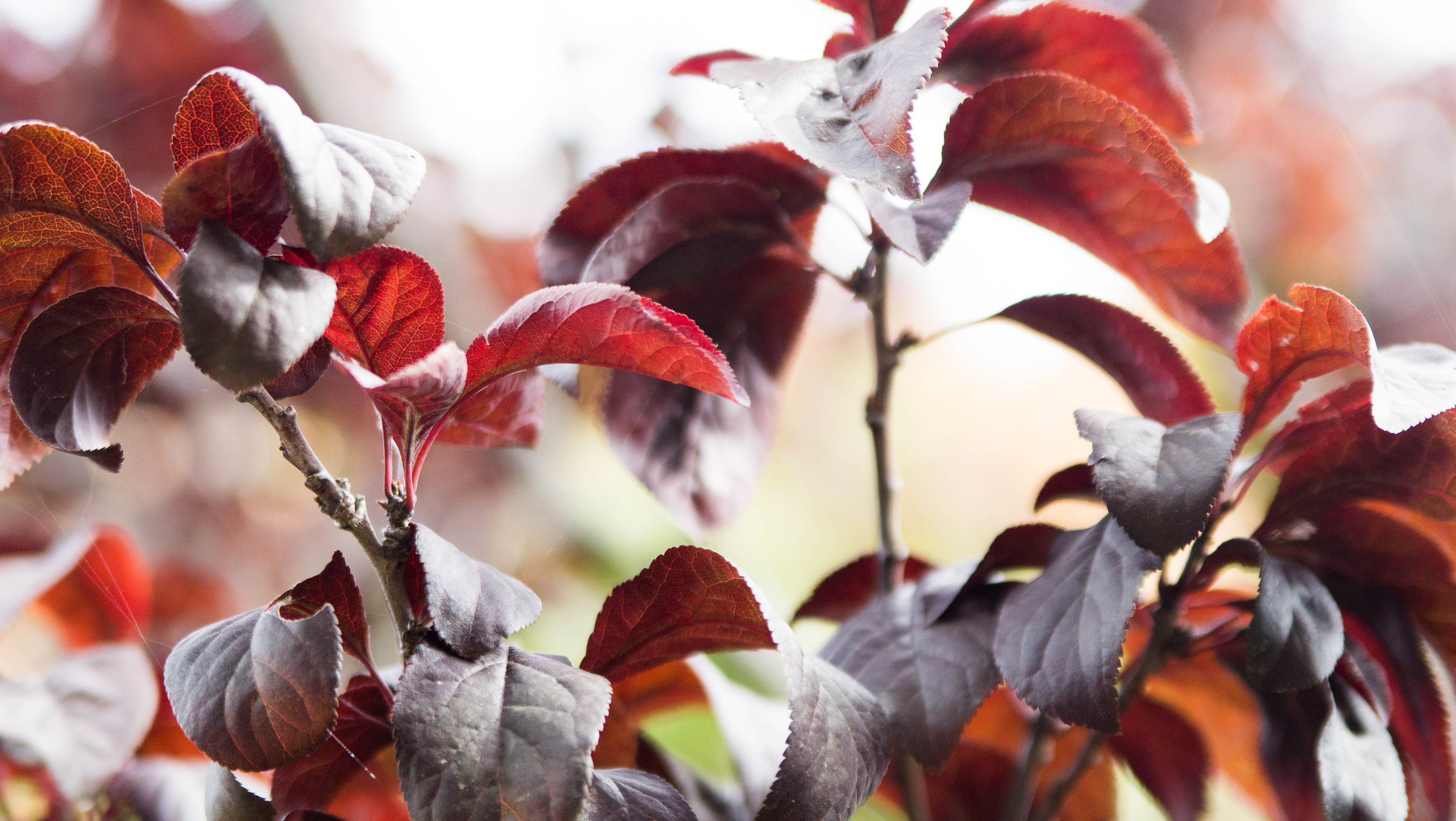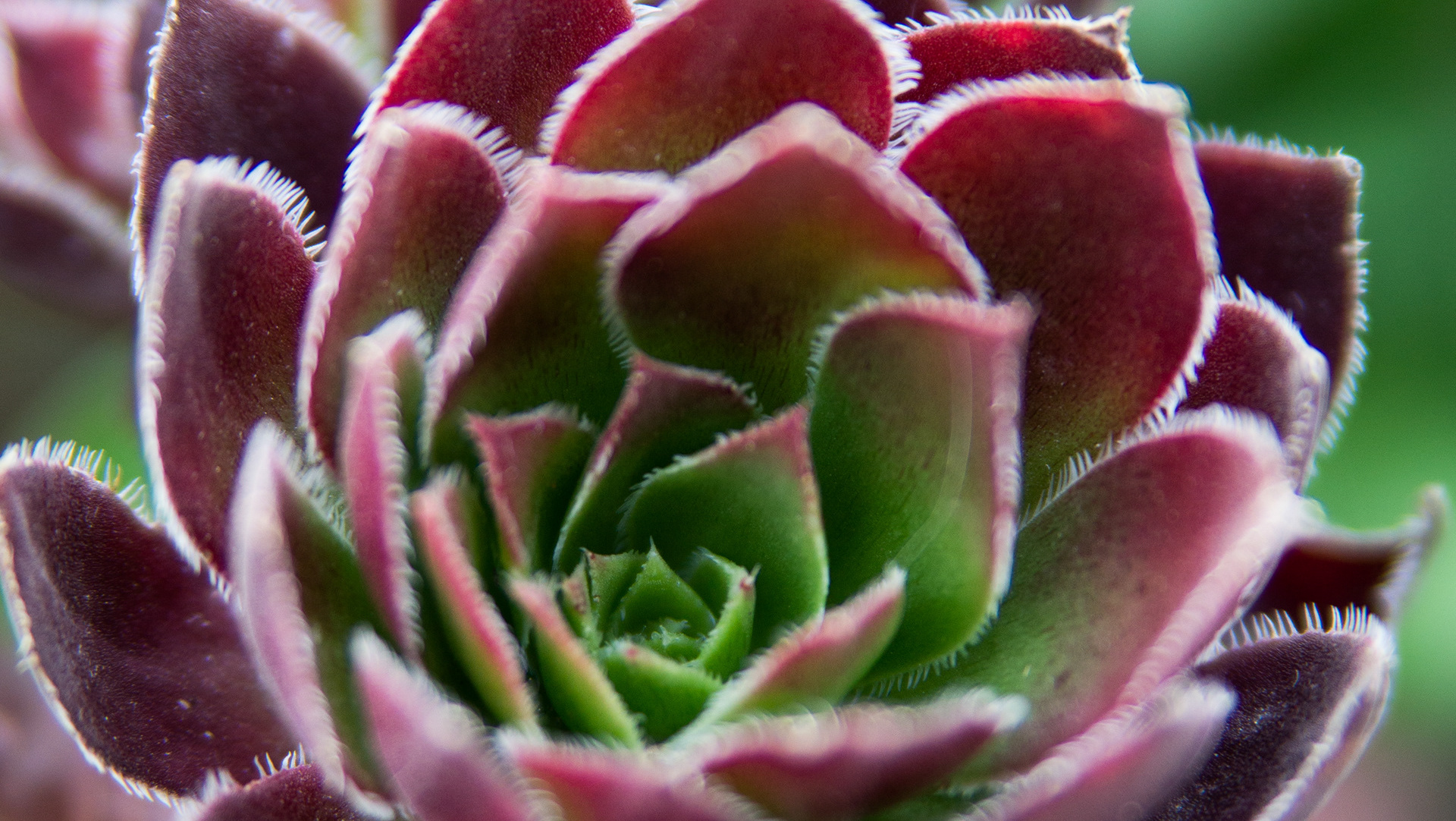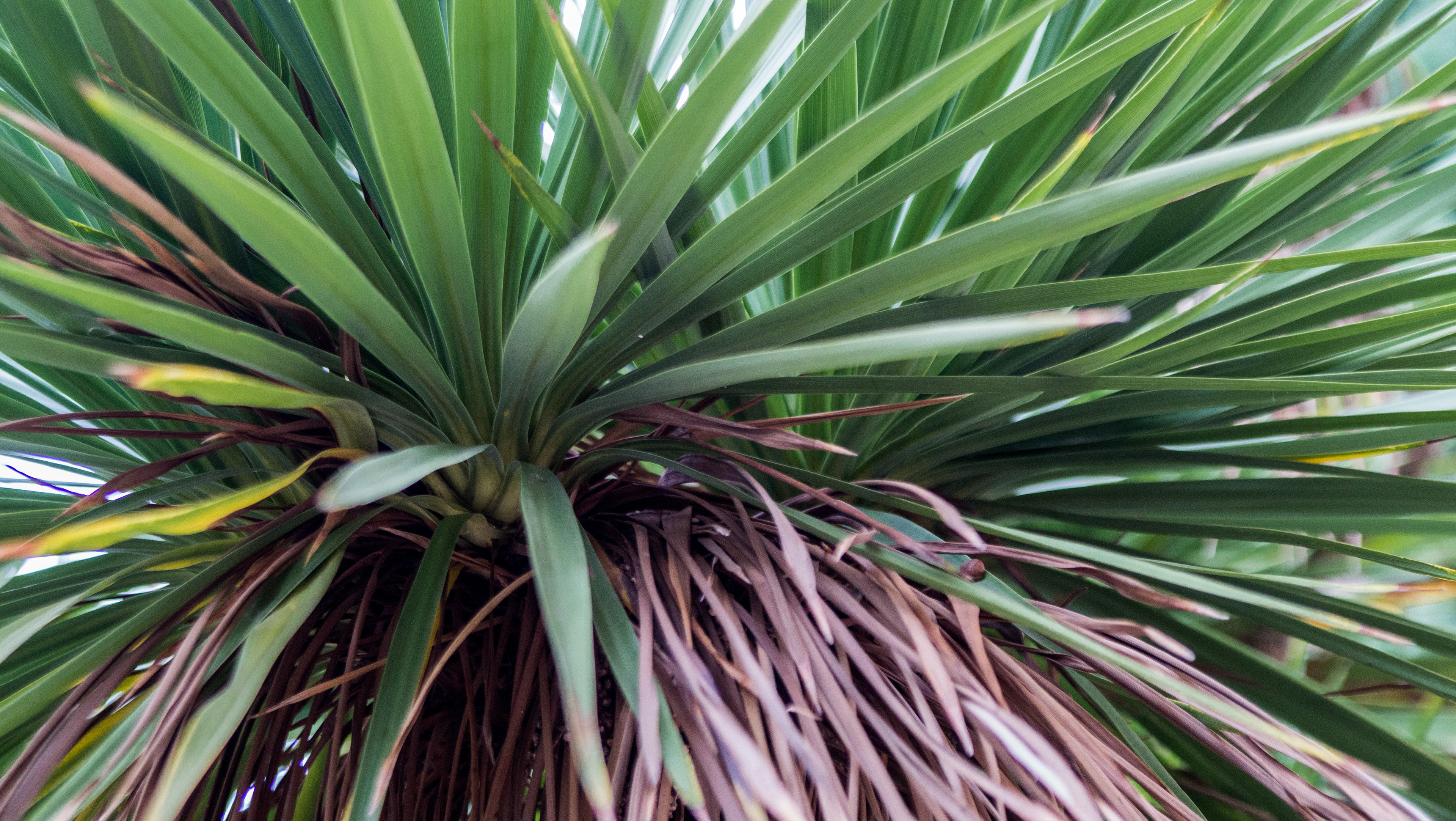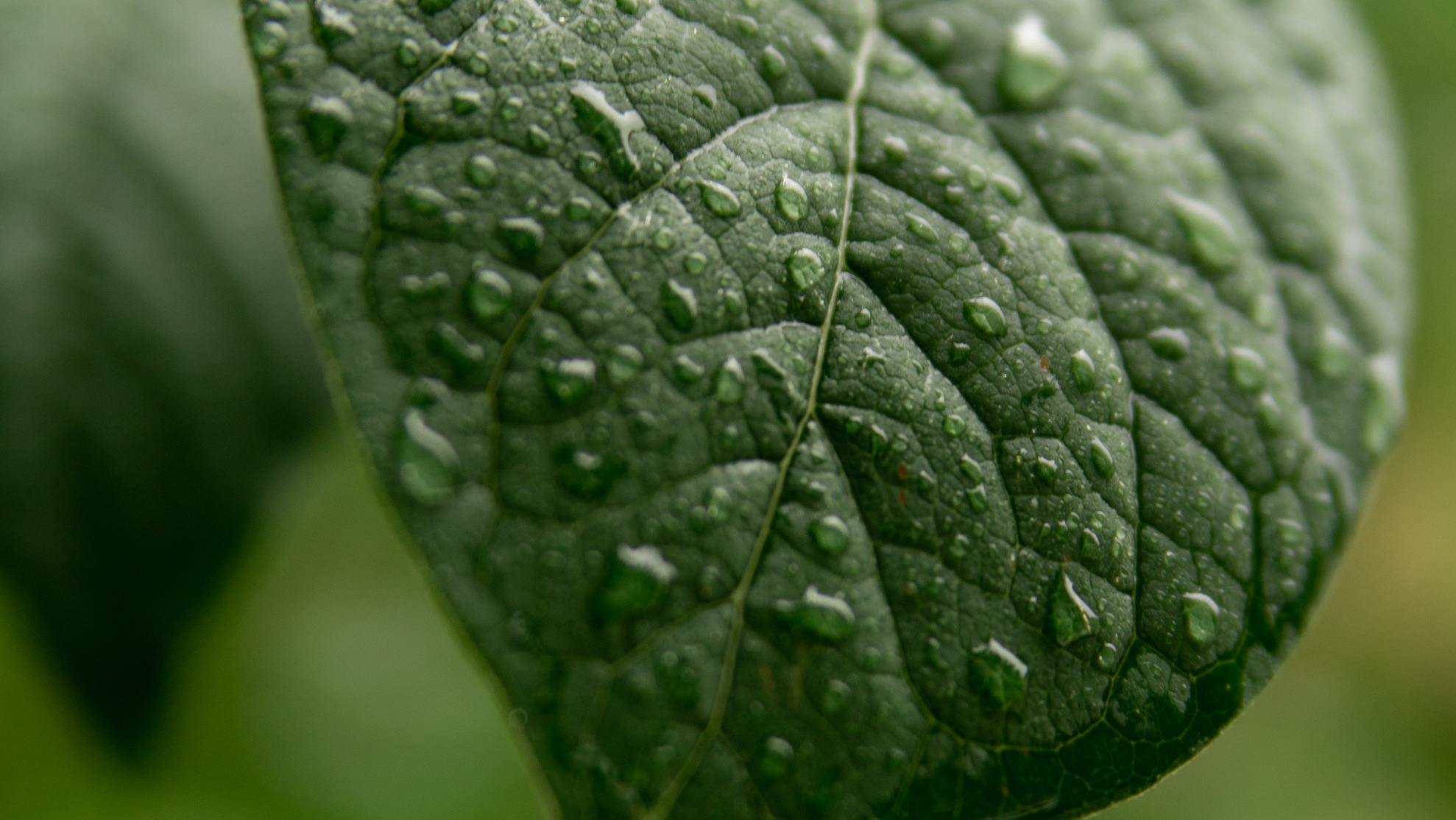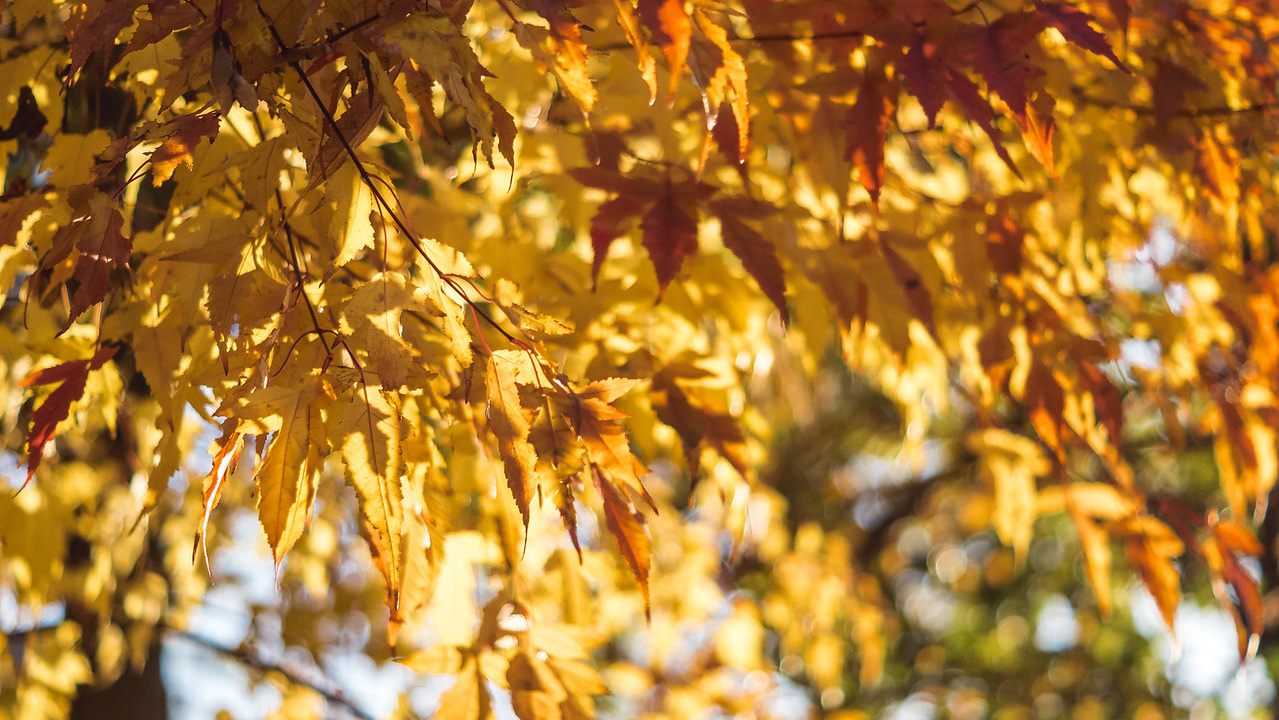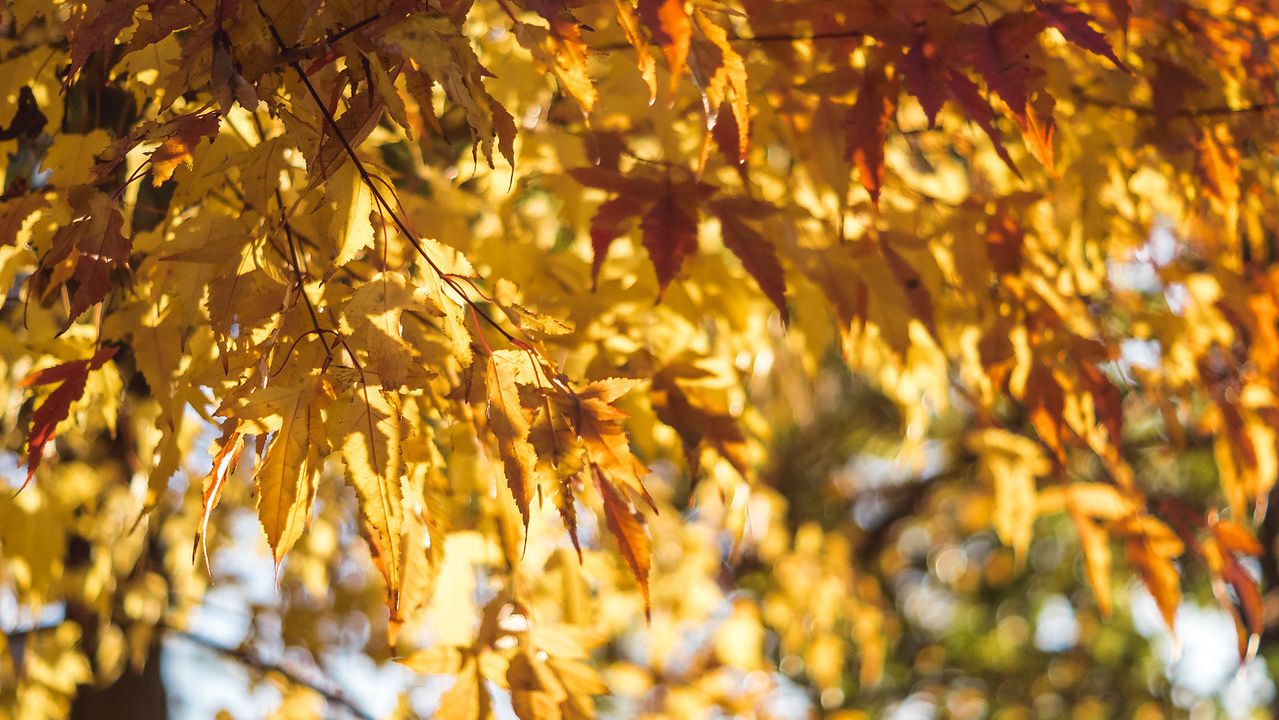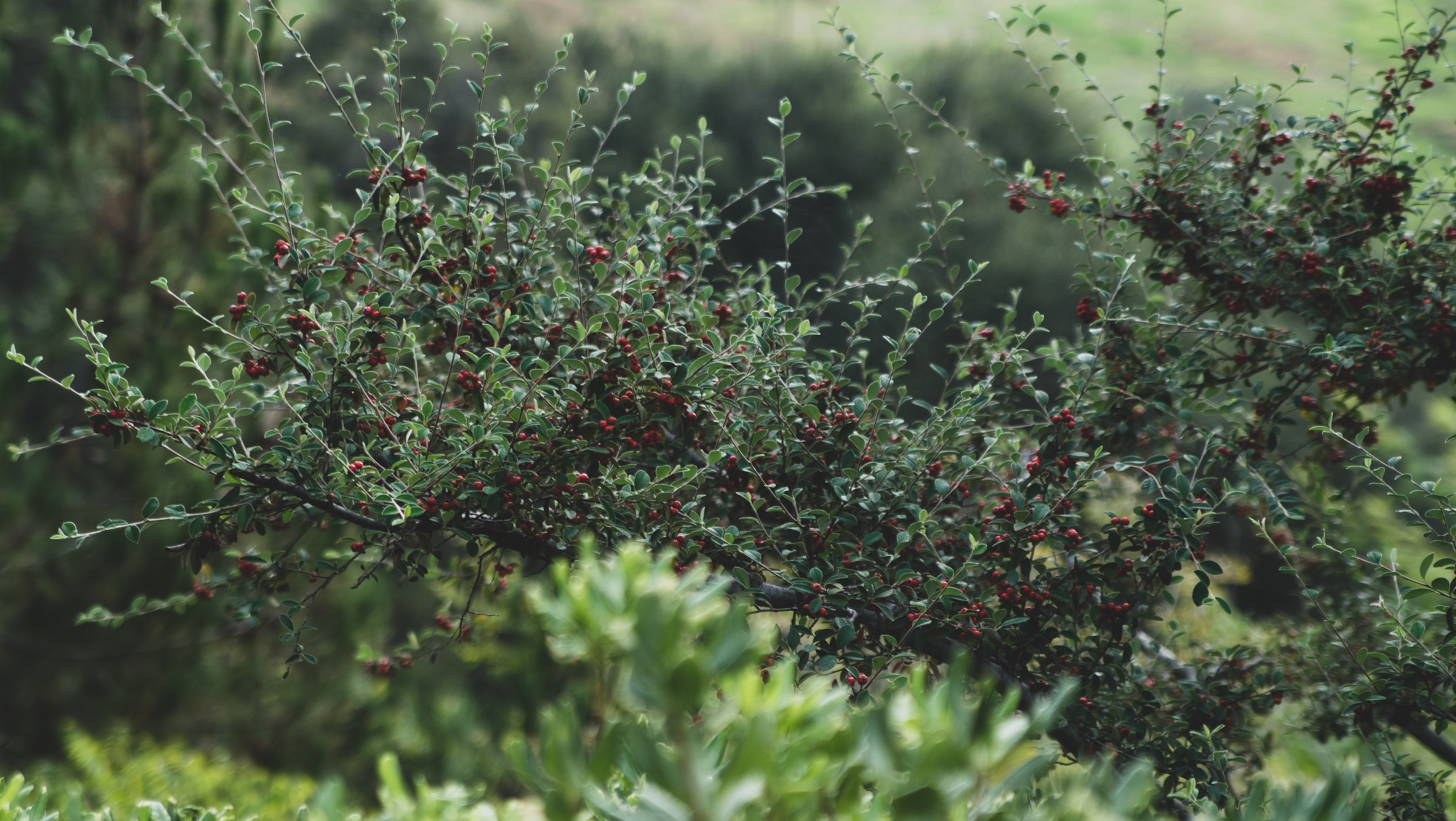Session 2 - Finding Function
It was an overcast day, with rain on the forecast. Slightly cooler temperatures this time, 19°C (66°F).
The purpose of this second session of BCI was to be aware of the functions of Nature around us. I didn’t go far this time, I just had to step outside of my own house and observed the life happening in my backyard. Nature is quite an amazing problem solver.
Below are some interesting questions that can be used to find functions in nature.
How do bees know what flowers they have already visited?
Observing the back and forth of bees, I soon realized they would usually not return to the same flower twice in a row. I started wondering why, then how. At first I thought it had to do with some kind of pheromone left behind; after all, bees are known to use pheromones in almost all aspects of their life.
It turns out bees can sense the magnetic fields of flowers. It serves them multiple purposes, such as evaluating the shape and size of the flower's petals - an important piece of information needed to plan their landing. The disturbance in the flower's magnetic field tells the bees the flower has recently been visited and might be short of nectar for now and they would use their time better trying to find an unvisited flower.
Function: magnetic field sensitivity.
Purpose: time and path optimization.
Do sunflowers really follow the sun?
capitulum of a mammoth sunflower (helianthus giganteus)
Heliotropism, is the diurnal or seasonal motion of plant parts (flowers or leaves) in response to the direction of the Sun. Sunflowers are one of the many plants using this mechanism. Their movement follows a circadian rhythm and is the result of multiple chemical reactions within the plant itself. Following the Sun's path, from East to West, while growing ensures the plant receives the most light for photosynthesis. Once the plant has bloomed, it will stay facing East. Research has shown that pollinators attraction depends on the temperature of the flower. By being able to warm up quickly, they attract pollinators early in the day.
Function: heliotropism.
Purpose: optimal sun exposure and attracting pollinators.
Why are peonies covered in ants before they bloom?
peony bush leaves (paeonia lactiflora)
Seeing my peony plants flowerless reminded me of their lifecycle and why the buds were covered in ants before they bloomed. The buds are coated in a sticky wax-like substance, that is in fact nectar and attracts ants early in the season. Once a scout has found the peony bush, it signals it to the rest of the colony and many ants start actively working on the buds. Ants and peonies have a mutually beneficial relationship. Ants act as a natural pest control by stinging, biting, or spraying aphids and like pests with acid and tossing them off the plant. They provide the peonies with the early protection they need to develop beautiful flowers with undamaged reproductive organs to attract pollinators, and, in turn, peony buds provide an early source of food for the ants in the Spring.
Function: biological mutualism.
Purpose: protection from pests eating budding flowers while providing a source of food in exchange.
peony flower (paeonia lactiflora)
